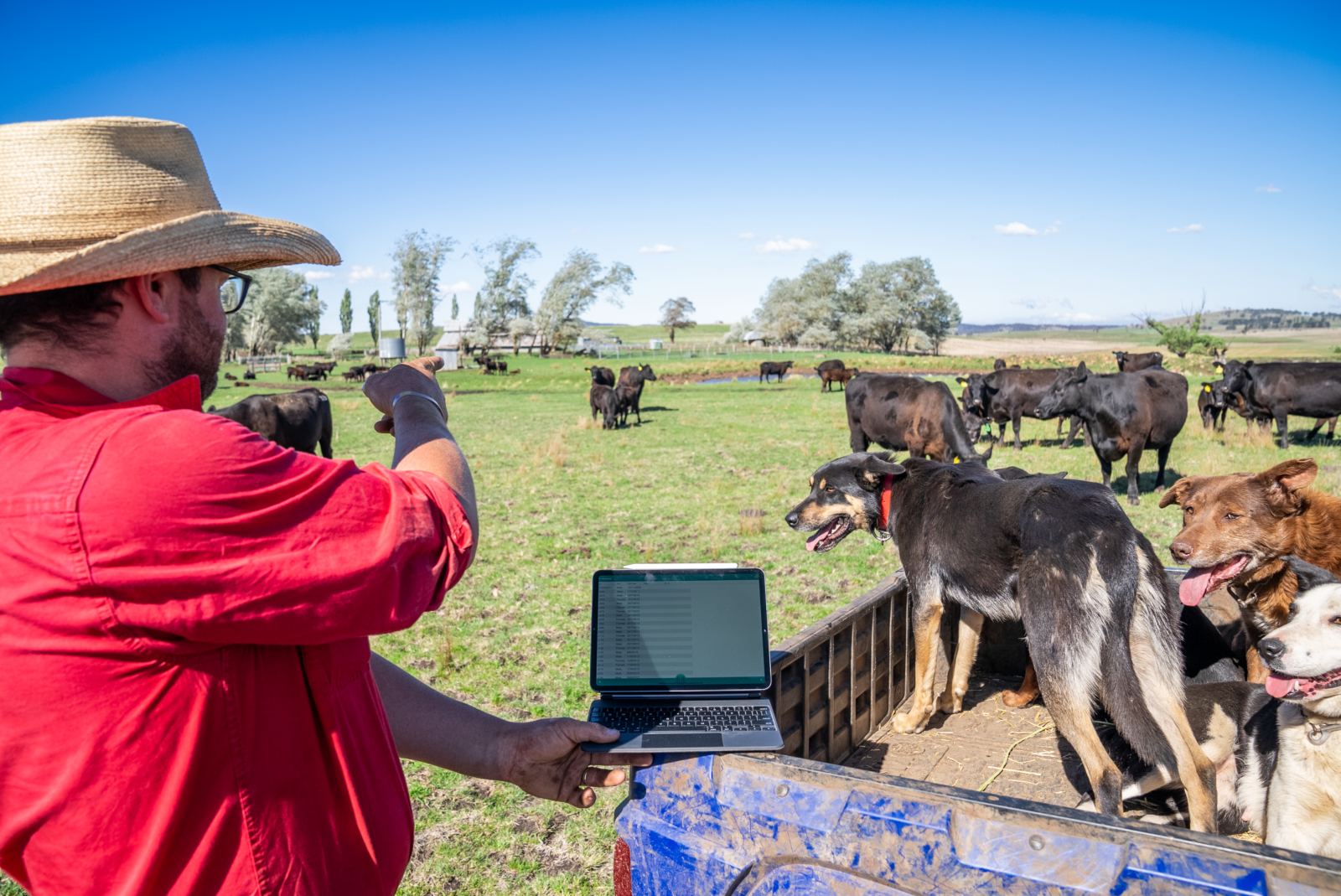Energy reductions the key to unlocking feed cost savings

 NATIONAL CHALLENGES AND OPPORTUNITIES / Monday, 12 February 2024
NATIONAL CHALLENGES AND OPPORTUNITIES / Monday, 12 February 2024 
In the ever-evolving world of Australian agriculture, carbon farming has emerged as a method aligning environmental stewardship with economic potential for producers. As more farmers seek to understand these carbon farming opportunities, the complexities and confusion surrounding carbon are proving the biggest barriers to carbon market entry.
Enter the Carbon Opportunity Decision Support Tool (CODST).
Developed by the Australian Farm Institute and launched at their 2022 Roundtable: ‘Cultivating ESG Capability’ in Canberra, the CODST serves as a guidebook-like resource, offering users a broad overview of their options based on their personal situation, and guiding them through a decision-tree questionnaire covering various carbon farming opportunities.
Questions focus on business situations, future plans, risk appetite and attitudes, rather than the specific management practices or financial performance of an enterprise.
“The tool gives you a general idea of the type of opportunity that might be suited for you – whether it be offsetting, insetting, carbon neutral certification for a supply chain opportunity or if you just want to focus on carbon from a farm productivity point of view – this tool helps you differentiate between all those options so you’re not getting confused about the big picture differences,” says Michael Beer, General Manager, Rural Futures at AgriFutures Australia.
“Once you’ve gone through that process, then there are links out to help you then decide on more particular opportunities and more schemes and pathways within those broader opportunities,” adds Richard Heath, Executive Director at the Australian Farming Institute.
“The tool asks users to ‘choose their own adventure’ and encourages consideration of the pros and cons of these options and their interconnection,” Richard explains.
Given the ever-changing nature of the carbon space, by simplifying the decision-making process, the tool empowers any agribusiness operator to take their first steps into the carbon space.
The CODST minimises confusion by deliberately maintaining a general nature, applicable across different commodity types, geographical areas, and business structures.
“The tool gives a good broad overview that helps farmers understand the environment, and helps producers ask better questions of banks or other agricultural businesses that might be trying to put an opportunity in front of them,” Michael explains.
Instead of closing off pathways prematurely, the tool encourages users to explore various options, such as the Emissions Reduction Fund, private carbon markets, sustainability-linked loans, carbon-neutral certification, and productivity gains. Users have the flexibility to backtrack or restart their exploration at any point.

“Our tool will give you the broad areas of opportunity, but once you’ve got a handle on that, you need to move to a more granular level of understanding about what can actually be achieved – in the near future, we need to develop more calculators that can give you that information combined with environmental impacts and productivity estimates,” Richard says.
The CODST serves as a guide for farmers looking to overcome obstacles like a lack of knowledge and the potential confusion that can arise in the face of numerous carbon opportunities. By offering a user-friendly interface, links to relevant tools and case studies, and guidance on differentiation between various pathways, the tool empowers farmers to make the first step to participating in the carbon markets.
Click here to start your carbon farming journey with the CODST
“AgriFutures Australia is committed to creating a sustainable future for our rural industries, so we have created complimentary resources to assist producers in making sense of the carbon market,” Michael says.
AgriFutures has produced a ‘paddock-guide’ style farmer’s handbook to on-farm carbon management alongside the Carbon development pathways for Australian producers report, both of which outlines the prerequisites for joining a carbon scheme.
They cover practical carbon sequestration activities, along with their cost and income implications, highlighting potential risks and returns for farm enterprises.
You can see all of our research into carbon’s growing role in Australian rural industries in the Knowledge Hub by clicking here.
“The best options for anyone interested in carbon farming are collaborating with others, connecting with advisors and carbon specialists, and keeping on top of the tech,” Michael summarises.
Build networks with like-minded farmers in your region. This can provide invaluable assistance in making changes, whether technical or commercial, and navigating emerging opportunities.
Look for experts in low-emissions farming, including agroecologists, agronomists, consultants, and even accounting services familiar with carbon accounting.
Keep updated with emerging technologies relevant to your business. While some solutions are deployable now, others may still be in development, but staying engaged allows you to participate in trials, and access incentives early.
While the CODST is being regularly reviewed and updated, users should be aware that some emerging opportunities may not yet be covered.
The CODST has been developed by the Australian Farm Institute (AFI) with funding from AgriFutures Australia.
 CHICKEN MEAT / 12.02.24
CHICKEN MEAT / 12.02.24  NATIONAL CHALLENGES AND OPPORTUNITIES / 12.02.24
NATIONAL CHALLENGES AND OPPORTUNITIES / 12.02.24  EXPORT FODDER / 12.02.24
EXPORT FODDER / 12.02.24